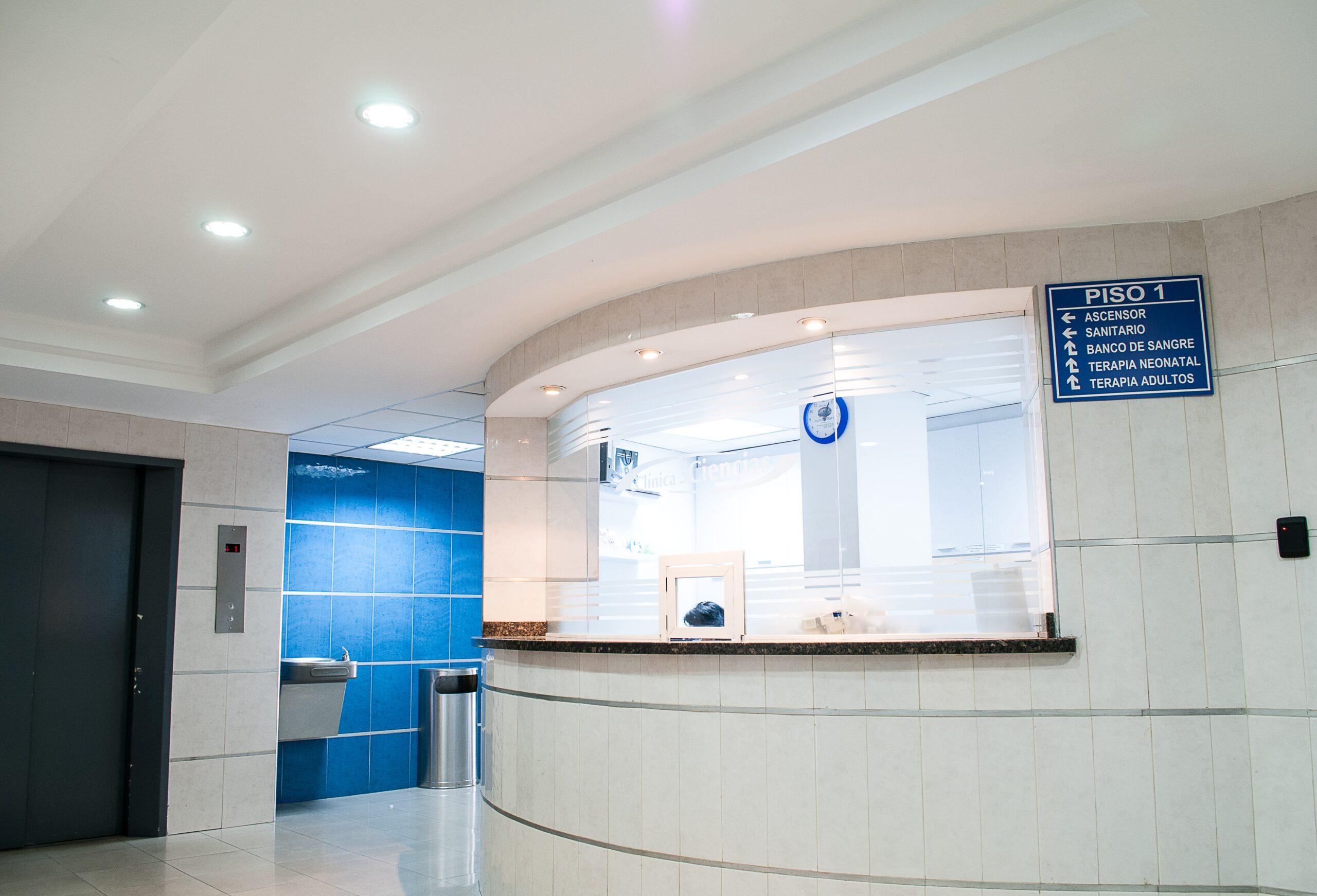Dec 11
2023
The Unique Landscape of Health Construction
 Construction is an expansive field, and each industry presents its own set of challenges and requirements for building. Health construction stands out as being unique among others industries due to the distinctive features it brings with it. Here, we will highlight these differences between health construction and other fields so as to give an in-depth understanding of what it takes to construct within this particular sector.
Construction is an expansive field, and each industry presents its own set of challenges and requirements for building. Health construction stands out as being unique among others industries due to the distinctive features it brings with it. Here, we will highlight these differences between health construction and other fields so as to give an in-depth understanding of what it takes to construct within this particular sector.
Architectural Planning in Health Construction
Health construction planning requires an in-depth knowledge of both medical functionality and patient comfort. As opposed to other sectors, healthcare facilities like hospitals, clinics or care homes must accommodate complex equipment while adhering to hygiene standards while aiding patient recovery. Furthermore, designing such environments must account for medical professionals working there as they must move quickly during emergencies requiring more rigorous planning processes involving specialists from various fields like medicine, engineering and architecture.
Architectural Planning in Hospitals
Hospital architectural planning presents unique challenges. To meet them, architects often face increased complexity when planning hospital structures. Not only must hospitals meet general construction requirements, they must also ensure seamless coordination among their departments such as emergency, radiology, pathology and surgery. Architectural designs must enable quick patient transfers, accommodate large medical equipment and create an environment conducive to recovery. Furthermore, design layout plays an integral part in infection control, crowd management and emergency response. Considerations for expansion or modification are typically included in the initial design, anticipating future demands and technological developments. Such attention to detail rarely seen elsewhere is reflective of hospital construction’s special demands.